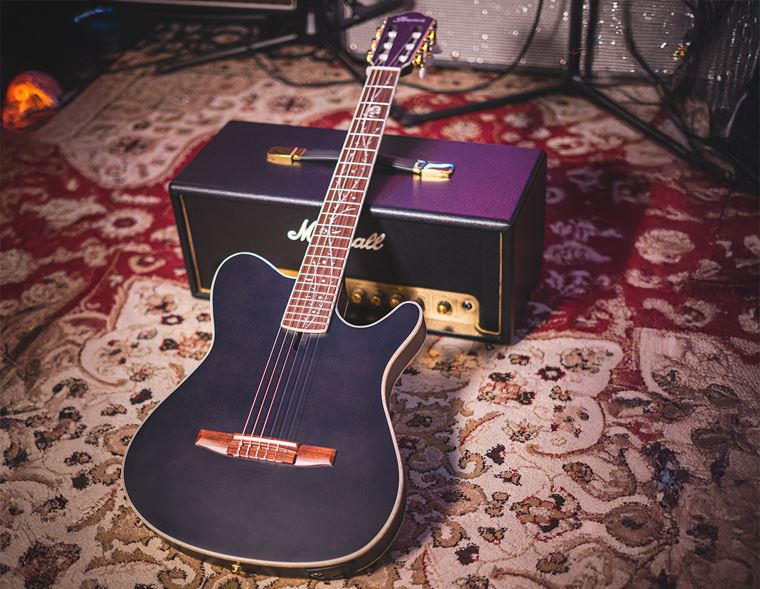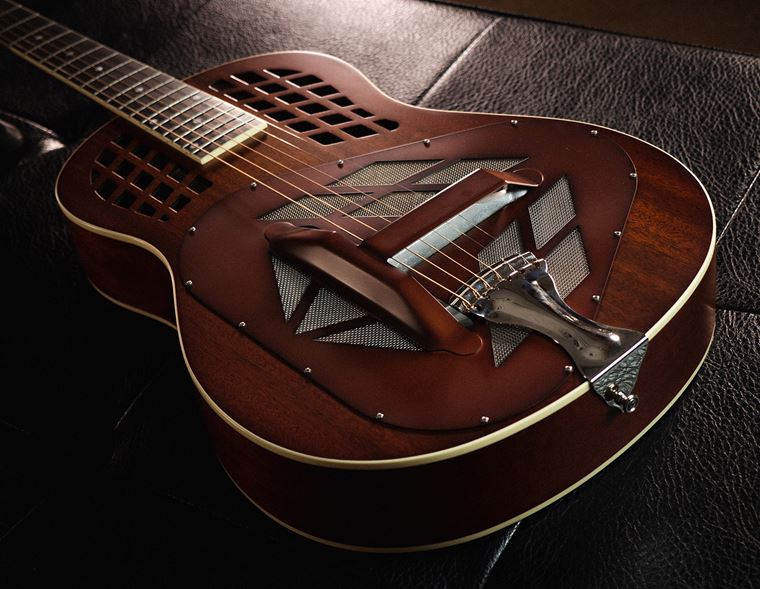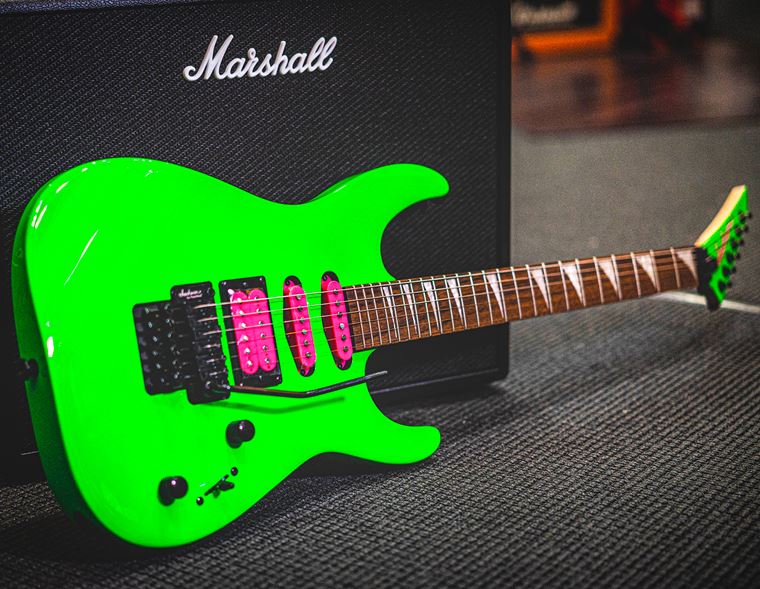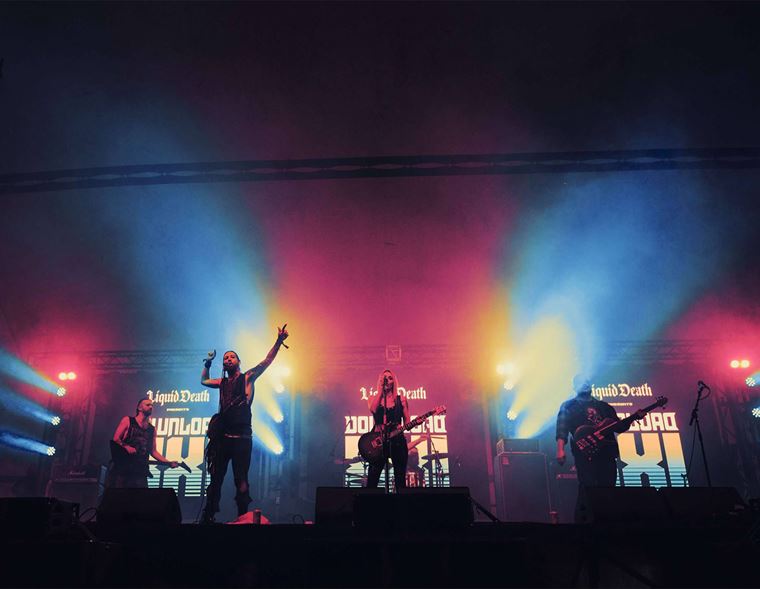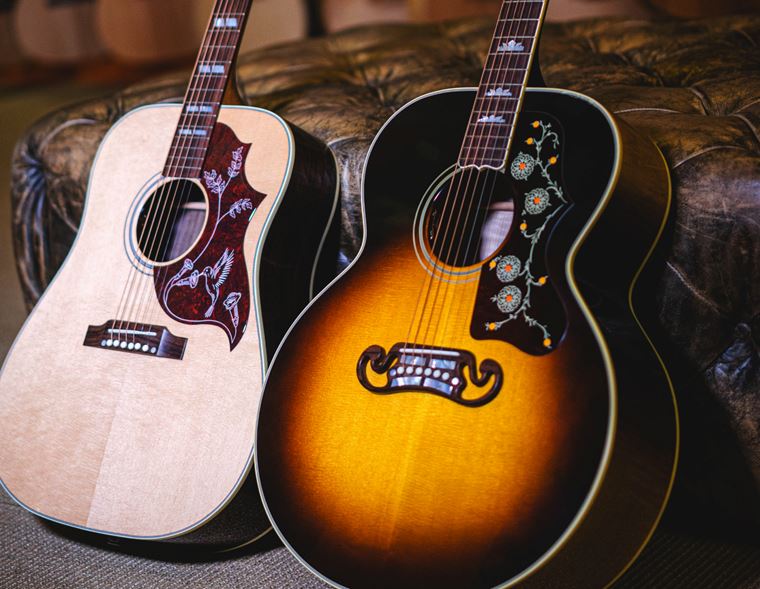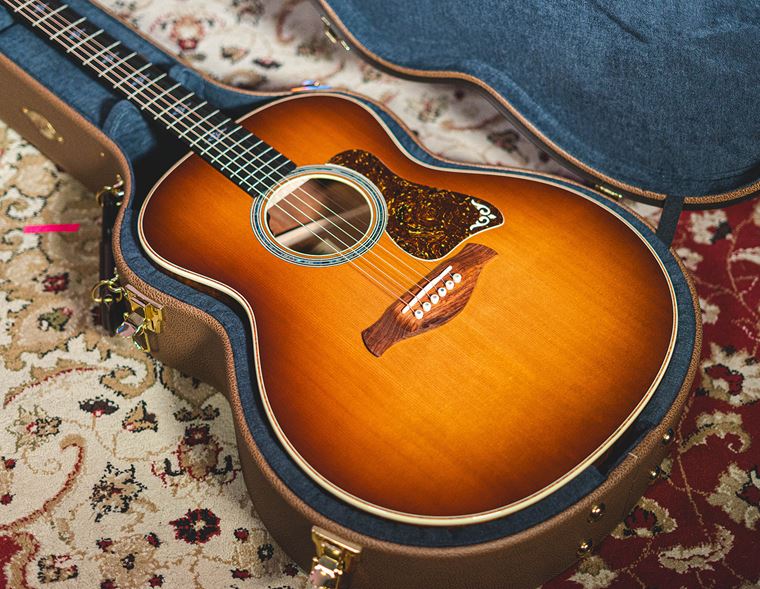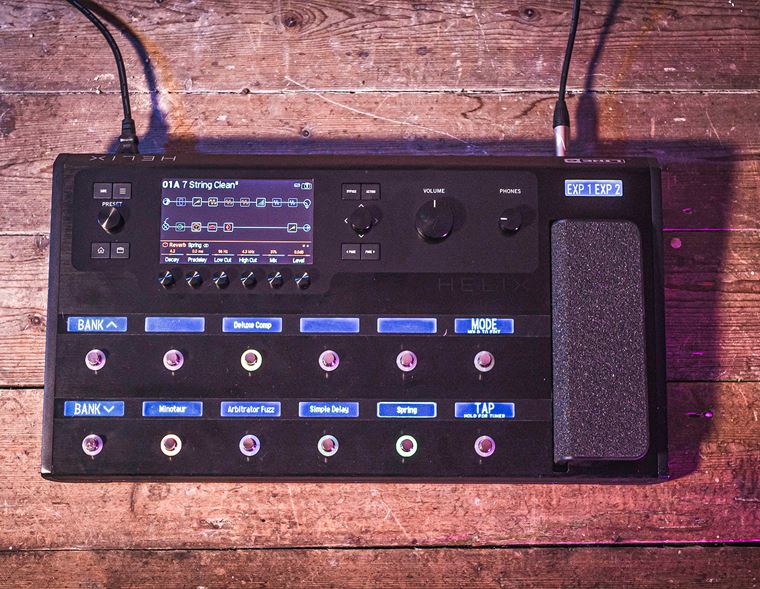Guitar Pedal Order: Our Expert Guide
Okay, you sonic adventurers: you want to get into the world of effects, and you want to make sure your effects pedals are arranged in the current order. Is there a ‘proper’ way to do this? Well, to a greater degree, yes there is.
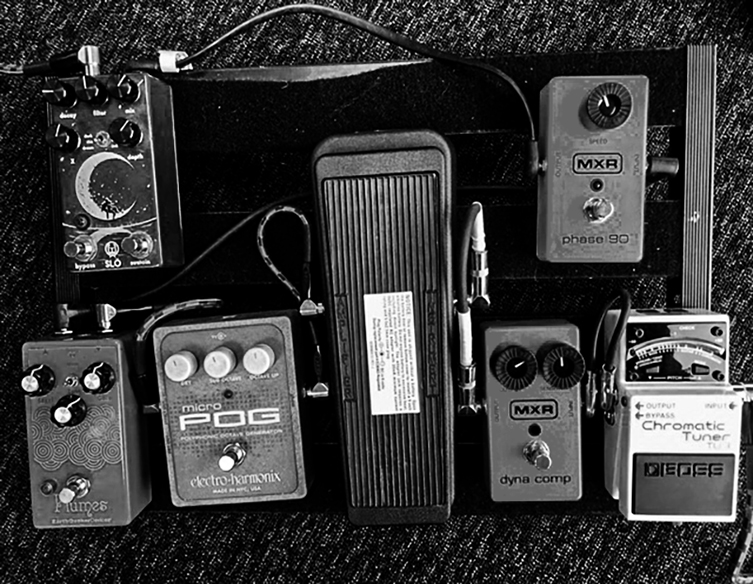
As a gigging guitarist who has put together more pedal boards than I can remember - for myself, my friends and clients - I have a lot of experience about what works and what causes problems. Today, I’ll tell you how to arrange your guitar pedal order in the best way for the sounds you want to hear.
I’ll look at some ways to break the rules later on, but for the most part, this blog is devoted to the subject of getting your effects pedal order to be as effective as possible.
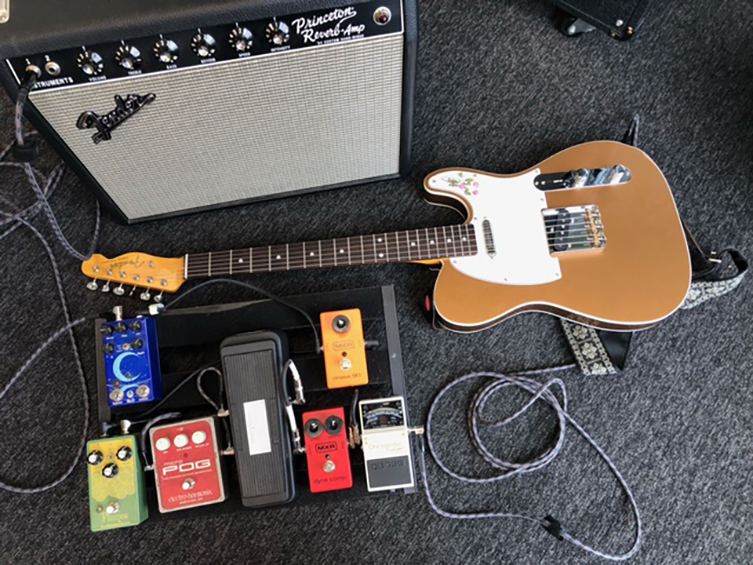
Contents
- Groups of Effects
- Pedalboard Order: Do it This Way First
- Wah and Pitch Effects
- Utility FX
- FX Loop
- Rule Breakers
- Take the Rules and Run
Groups of Effects
First off, let me define a couple of effects groups, just so that we are on the same page. This will make my references later on much easier to follow. Though some effects pedals will inevitably not conform to any of these groups, I think my categories cover a good 98% of what’s out there!
- Tuner: pedal tuners of all descriptions
- Utility: noise suppressor, compressor, volume pedal; any pedals that affect the sound but often aren’t ‘heard’
- Wah: traditional wah pedals and auto-wah pedals
- Pitch: pitch shifter, Whammy, Harmoniser, octave effects
- Drive: overdrive, distortion, fuzz, booster; anything that adds volume (gain) to the signal
- Modulation: chorus, flanger, phaser, vibe/univibe; sounds that create colour and movement in your tone
- Ambience: delay and reverb; sounds that establish atmosphere via echoes and such
Those are the main groups as I see them. Most pedals can fit within these parameters, and the groups will help us talk simply and effectively about the subject of pedal placement.
Pedalboard Order: Do it This Way First
Okay, let’s talk about the order of guitar pedals. This may seem like an obvious point, but when talking about signal chain, we always begin with the guitar and end with the amplifier. The chain of pedals goes between these, connected in a linear fashion by little cables called patch cables. Pedals all need power too - whether by batteries or power supplies - but that’s a subject for another blog.
Importantly, pedal boards tend to work in a right-to-left direction, due to the nature of most pedals having their input jacks on the right and outputs on the left. It can seem odd to us since we tend to think left-to-right (mainly due ot how we read text) but right-to left is how guitar pedal chains manifest themselves.

Now, going back to the order itself, let me explain the general flow. In fact, the list I created earlier was arranged in what I would determine to be the best order. Looked at differently, it’s a little like this:
Guitar > Tuner > Utility > Wah > Pitch > Drive > Modulation > Ambience > Amplifier
That’s written left-to-right so that it makes sense as you read it, but if you were looking down at your pedals, you’d want them arranged in reverse, like this:
Amplifier > Ambience > Modulation > Drive > Pitch > Wah > Utility > Tuner > Guitar
Here’s a photo showing exactly this:
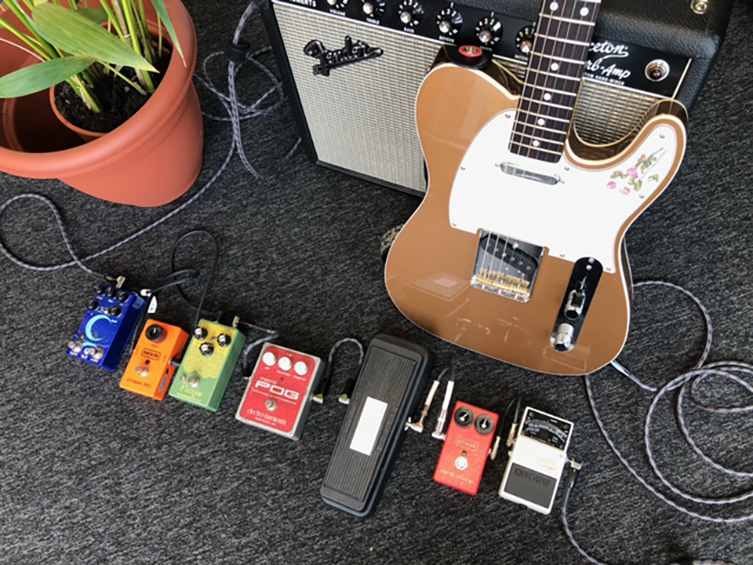
Make sense? Of course, you don’t have to have your pedals arranged in one big straight line: you can actually arrange them in whichever physical way you like, but they have to be connected in the manner, so that the signal travels through the pedals following that path. In other words, you could have two rows of pedals (using a longer patch cable to reach form the end of one row to the beginning of the next) and still have them connected in this linear manner. Something like this:
Amplifier > Ambience > Modulation > Drive > Pitch
Wah > Utility > Tuner > Guitar
Here’s another picture, showing how this might look in real life:
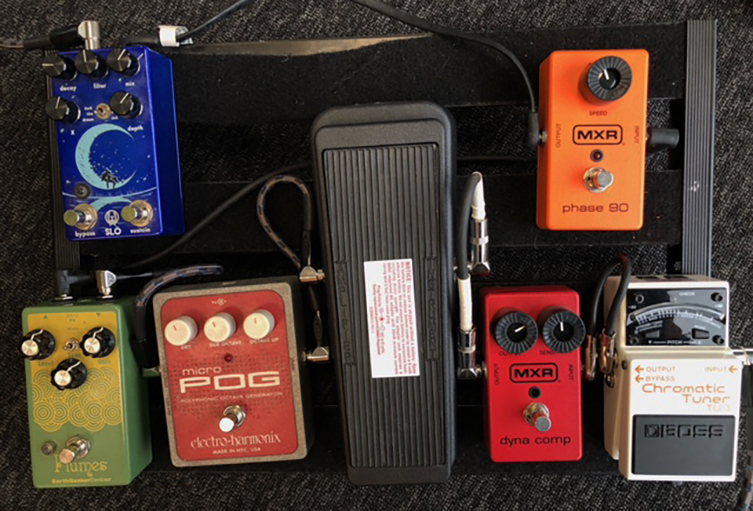
Let us now look at that picture again, this time with a big red line describing the signal flow from guitar to amp. It doubles back on itself (via a long patch cable), so I've partially faded it out over the wah to help explain that it's not going through it again and again!
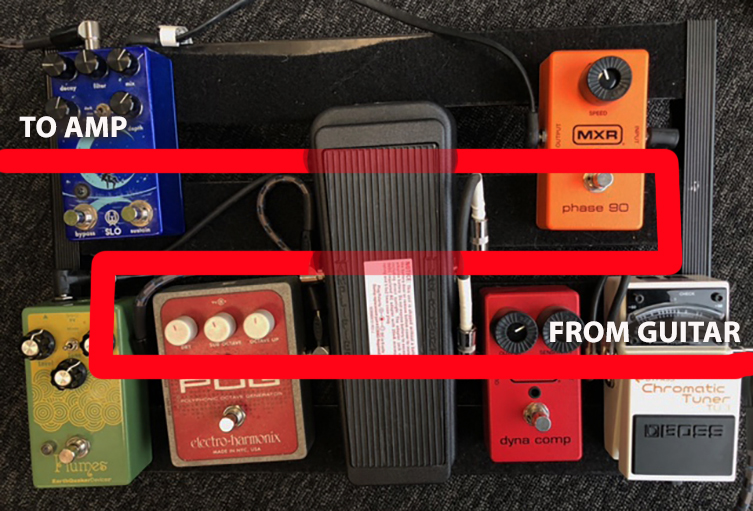
Now, there’s a way to look at this in a more simplified way, so let’s do that and then I’ll explain this all a bit more. Put very simply, your rule of thumb for pedal order is thus, from guitar to amp:
Drive > Modulation > Ambience
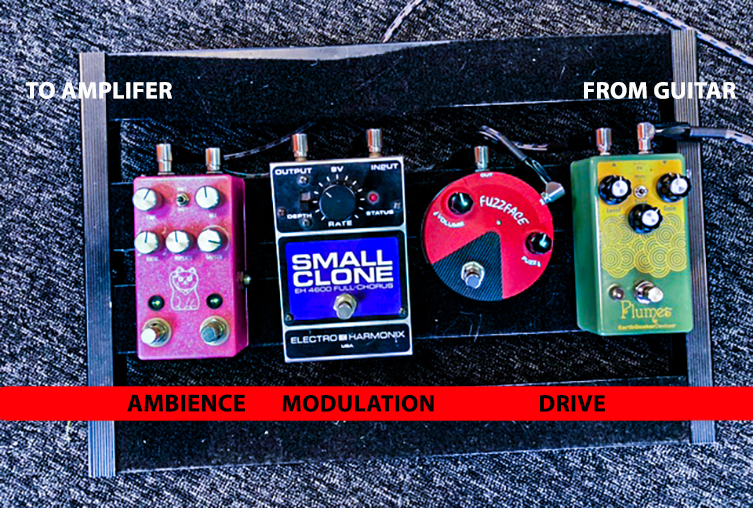
Those three groups - drive, modulation and ambience - are the most significant in terms of pedal chain order.
Why is that?
Well, think about it this way: each pedal you use is effectively re-processing your entire signal. What comes after affects everything that has come before it. To put it bizarrely, flanged distortion will give you a very different result to a distorted flanger, and so on.
Having the drive pedals at the front gives the rest of the pedals something to work with in terms of signal strength, and as the noisiest group in your chain, having drive at the front gives you the most control over how your playing interacts and behaves with them.
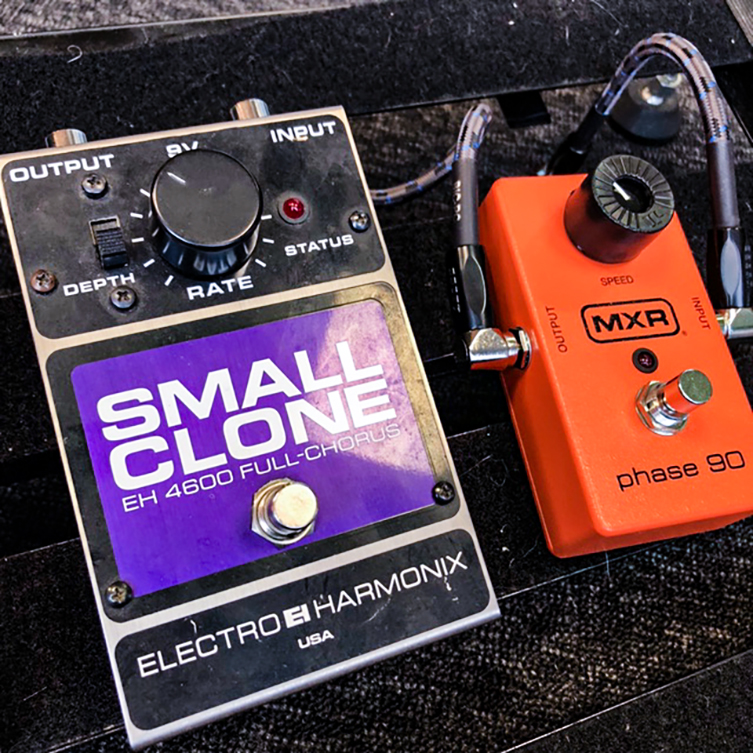
Modulation pedals sound much more pronounced and ‘there’ if they come after your drive pedals. Your sound will be much tighter and less sloppy if your phaser or whatever comes in after the distortion because the phaser is taking the big heavy signal and affecting it: if the phaser comes first, then the distortion tends to dominate and eat up the sound. You may actually want that, by the way, but we’ll look at that in a sec!
The ambient stuff - your delays and reverbs - really need to go last. It’s just practical, since they are basically doing the job of describing a large room/theatre/cavern/outer space or whatever. They are approximating (or exaggerating, to use a better word) what would happen to your sound if you happened to be playing in those environments, so it hardly makes sense to stick them right up at the front of your signal!
In terms of whether it should be delay then reverb or reverb then delay, I’d say that’s something you can decide yourself. I always use delay and then reverb since that makes most sense to me.
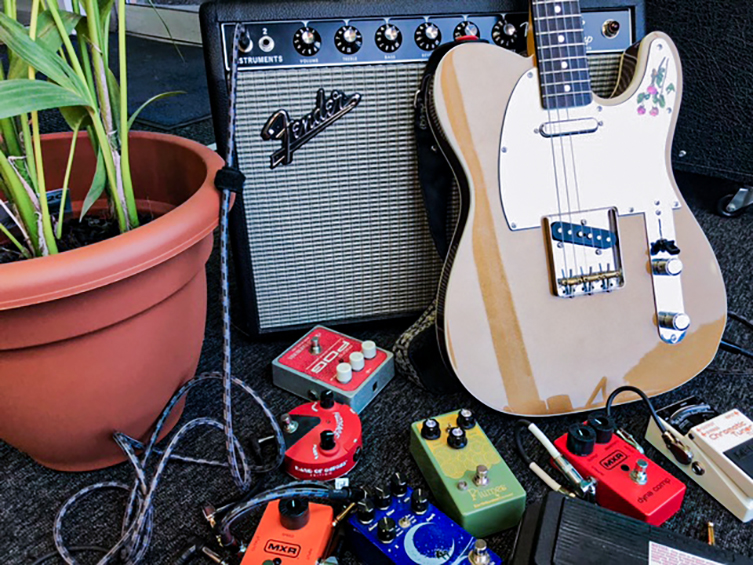
Wah and Pitch Effects
So why did I decide to put the wah pedal and the pitch effects where I put them? That’s an easy one to answer. Pitch effects will all work far more effectively when they are fed a dry, clean signal. It’s easier for their circuit to understand the frequency they are to work with when it isn’t accompanied by all of the extra frequencies and overtones that distorted signals inevitably add. If you put them after the gain, in reality they’ll often sound fine, but then certain notes will just go bananas and that’s rarely what you want from your sound unless you’re sounding crazy/atonal/wonky on purpose. Always better to be in control of your sound, even if you want your audience to think it sounds out of control.
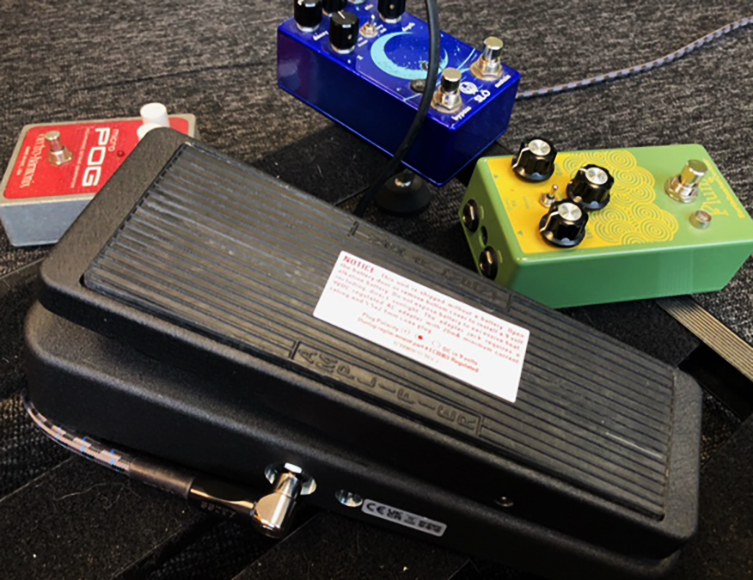
As for the wah, this is again a matter of preference, but if you try a wah after a distortion pedal, I reckon you’ll agree with where I put it in the pedal chain! Put after distortion, it’s that same problem of the effect dominating to an extreme level, and not in a cool way. It sounds like a mutant Donald Duck, and it totally kills your tone. Avoid!
Utility FX
Now, the utility pedals - noise gates, volume pedals etc - go at the front due to personal experience, basically. There’s nothing flat out wrong about sticking your volume pedal last in the chain, but I’ve found that it’ll kill all of your delay repeats and reverb tails if you do that. If it’s at the front, the volume pedal can stop your sound from going into your pedals, but it has no influence later on in the chain, so those echoes and reverbs will sound out naturally, even if you’ve brought the volume pedal back to kill off the sound. Make sense?
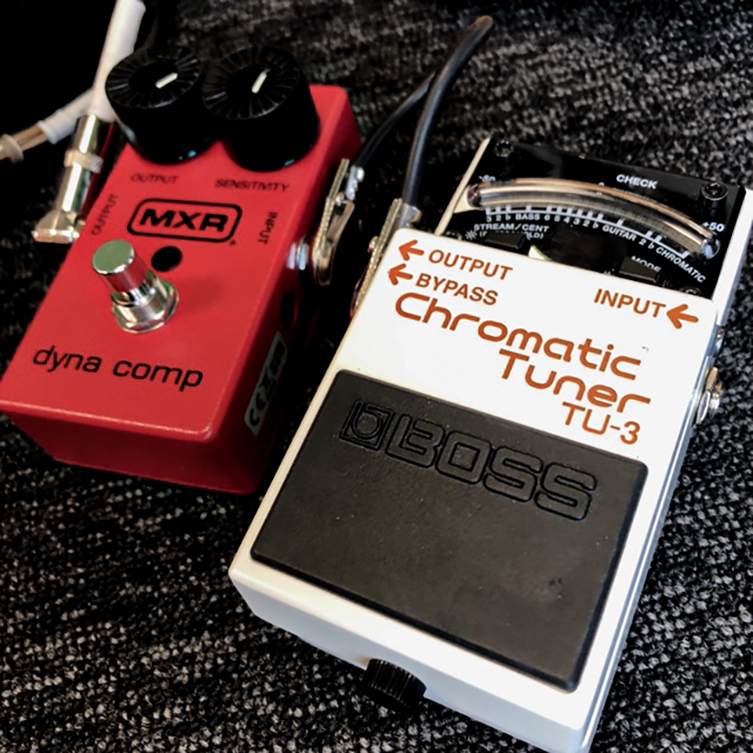
Noise gates can certainly go at the end too, but they are simply much more effective at the front, particularly if you want to dial in a pretty harsh gate for chunky staccato riffing.
FX Loop
One thing that’s worth mentioning is the FX loop. What is this? It’s a feature that’s built into some (certainly not all) amplifiers, and it’s designed to place certain types of effects in between the preamp and power amp sections of your amplifier.
What? Why? Okay, it’s actually pretty similar to what we’ve already covered, though it’s taking into account your amp’s own drive/distortion. Let’s say you love the distorted sound of your amp, and you just want to include a wah, a chorus and a delay. You’d stick the wah pedal in the front (as you normally would), but you wouldn’t connect the chorus and delay at all. Instead, you’d make a ‘loop’ by connecting these pedals (chorus then delay, as we’ve already covered) to the amp separately, using the ‘send’ and ‘return’ jacks on the amp.
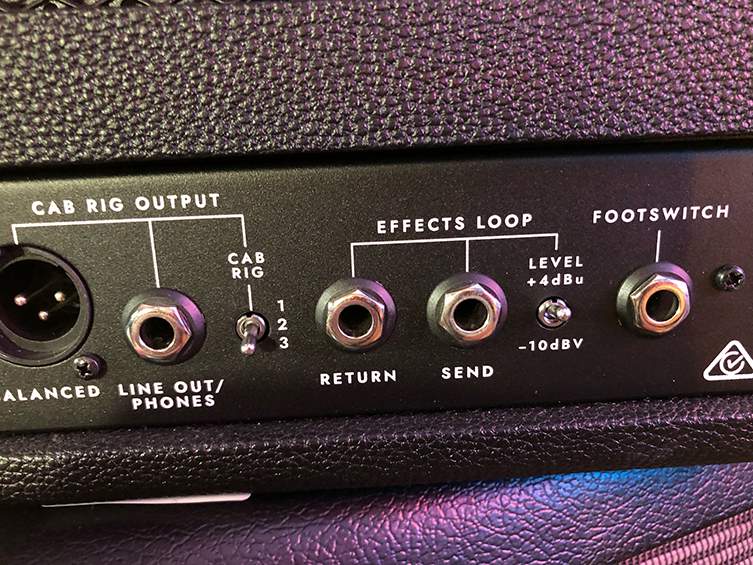
This loop is inserted into the sonic chain (which begins with the guitar and finishes with your ears) just after the part that makes the overdrive (the preamp) and before the final tone-creating part (the power amp). If you think about it, this is just like our arrangement for the pedals, with the modulation and ambient effects coming in after the drives.
The effects loop effectively does this same thing, except it is incorporating the amp’s own overdrive instead of amps. It’s worth noting that if you did this and still wanted to use gain pedals, you should put them in the front as you did with the wah pedal.
Rule Breakers
So, that’s how your guitar pedal order should be for the most instantly effective sounds. But what happens if you disregard the rules? What if you put pedals in a different order, or put pedals into your amp’s FX loop that don’t belong there?
Well, now and then you can get some pretty cool results! For example, putting absolutely everything in the front on your amp and then using your amp’s overdrive will make the reverbs and delays super-obvious and OTT, but some folks like that, such as Neil Young and Steven Wilson. Here’s what Steven Wilson told me about this subject:
“I love that, I absolutely love it. To me, it’s the most rock n roll thing ever (laughs). If you listen to Neil Young playing a solo on something like Cortez the Killer or Like a Hurricane, that’s what you’re hearing. You’re hearing him putting his guitar into a reverb and then into an amp with a lot of gain on it. And so, you give this sense that the reverb is always trying to break through, and it’s being compressed down with the gain. Then you stop playing and get this big cloud of distorted, ugly reverb. But it’s so rock n roll! I love it! I don’t like that beautifully clean delay, it immediately says ‘80s’ to me, you know? I love rock n roll; I love things that sound a bit out of control.”
Another rule breaker is Rage Against the Machine’s Tom Morello, who opts to put all of his pedals into his Marshall’s FX loop. It’s worth noting that Tom doesn’t use a distortion pedal of any description, but he does chuck his wah pedal in there, which is generally a pretty bad idea! It’s very clearly heard in this clip, and hey, Tom has pretty clearly made it work for him!
Take the Rules and Run
The outline that I’ve described today is just that: an outline. By following my order, you’ll get the results that the pedal makers intended, and in most cases, that’ll be just what you need.
Still, following the example of Neil Young/Steven Wilson/Tom Morello may also bring you that effects magic that you won’t get by playing the rules, so have a play around and have fun!


